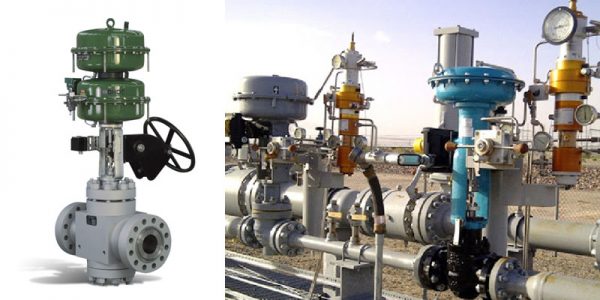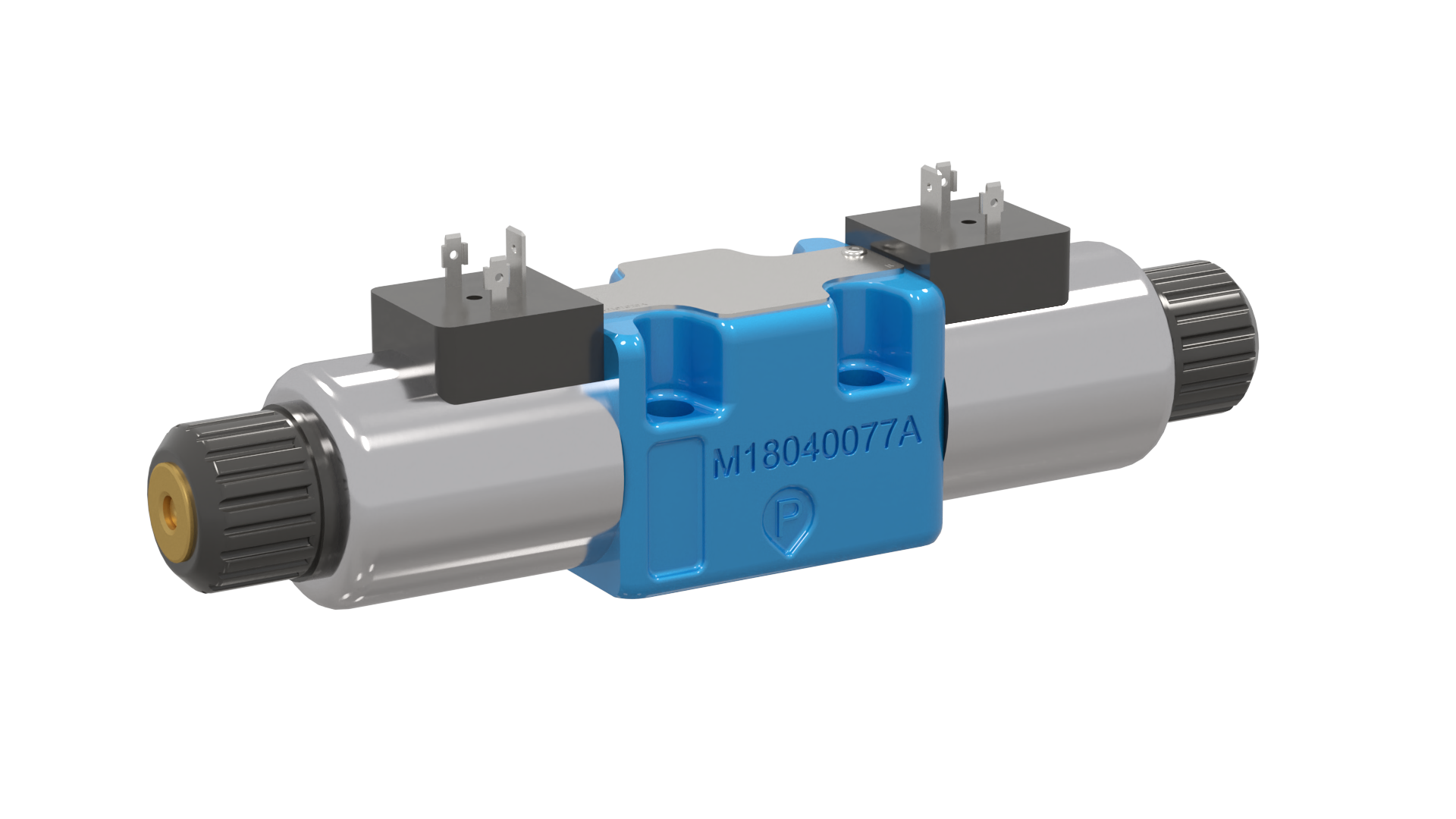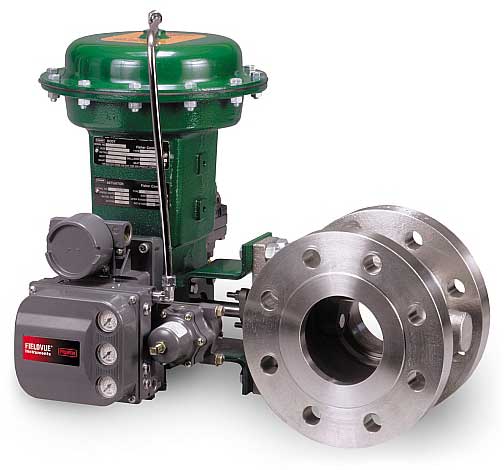
Maximize Energy Cost Savings and Convenience With Advanced Building Automation Controls
In the world of contemporary style and facility monitoring, the integration of sophisticated building automation manages stands as a critical advancement. The convergence of modern technology and sustainability has actually birthed a new era where power effectiveness, comfort optimization, and operational streamlining are no longer attainable facts however far-off aspirations. By utilizing the power of automation, buildings can adapt, react, and advance in manner ins which were once unthinkable. The potential for substantial energy financial savings and enhanced convenience is not simply an opportunity however a guarantee waiting to be met. This paradigm change in structure administration holds the key to unlocking a globe where environmental conscientiousness and occupant well-being harmoniously exist together within the walls of our structures.
Power Efficiency Advantages
Energy efficiency benefits can substantially decrease power usage and operational expenses in structures. Energy-efficient systems, such as innovative building automation controls, can optimize the use of sources like cooling, home heating, and illumination, leading to lower power expenses over time.
Moreover, boosted power performance can extend the lifespan of building devices and systems. By running extra efficiently, a/c systems, lighting components, and various other structure parts experience less wear and tear, leading to decreased upkeep and substitute expenses. Additionally, energy-efficient structures commonly regulate higher home values and rental prices, offering long-term economic advantages to owners.
In addition, energy efficiency can enhance owner convenience and efficiency. Correctly regulated indoor atmospheres with optimum lighting and thermal problems create a more pleasant and favorable work area, bring about boosted staff member contentment and performance. In general, the power efficiency benefits connected with advanced structure automation controls are diverse, incorporating price savings, environmental stewardship, and passenger health.
Boosted Convenience Control
Enhancing comfort control in building settings calls for an advanced combination of innovative automation systems for ideal occupant wellness. By utilizing innovative structure automation controls, facilities can customize the interior environment to meet the details demands and choices of residents. control valves.
By including these sophisticated controls, structures can not only improve convenience however additionally enhance power effectiveness by optimizing system procedures based on real occupancy and use patterns. Ultimately, focusing on passenger comfort with sophisticated automation systems leads to a more delightful and healthier indoor atmosphere.
Functional Effectiveness Improvements

Moreover, the application of real-time surveillance and analytics tools makes it possible for structure drivers to determine energy inefficiencies and functional abnormalities immediately. By constantly checking energy usage patterns and system performance metrics, adjustments can be made in real-time to optimize power consumption and guarantee peak operational efficiency. control valves. Furthermore, incorporating need response techniques right into structure automation controls can better enhance operational effectiveness by dynamically readjusting power usage based on grid conditions and rates signals
Indoor Climate Optimization
Effective interior environment optimization is a basic facet of building automation controls, ensuring passengers' convenience and health while making the most of power cost savings. By using sophisticated sensors and controls, constructing automation systems can continuously monitor and change temperature, moisture degrees, air top quality, and ventilation to produce an official website optimum interior environment. Keeping comfy and regular conditions not just boosts resident complete satisfaction yet additionally enhances efficiency and total well-being.
Interior environment optimization likewise plays a critical function in power performance. By fine-tuning heating, cooling, and air flow systems based upon real-time data and tenancy patterns, constructing automation controls can substantially reduce energy intake - control valves. As an example, implementing methods such as demand-controlled air flow and thermal zoning can aid lessen energy waste while making sure that each location of the structure gets the required conditioning.

Lasting Environment Creation
Building automation controls not only optimize indoor climate conditions for power performance and occupant comfort however likewise lay the structure for developing a sustainable setting through calculated management of systems and resources. By integrating advanced building automation innovations, such as sensing units, actuators, and intelligent software application, facilities can keep an eye on and readjust power usage in real-time to lessen waste and lower their carbon impact. use this link These systems enable anticipating maintenance, recognizing potential concerns prior to they escalate and maximizing devices performance to boost durability and performance.
In addition, sustainable setting production expands beyond power management to include water conservation, waste decrease, and interior air top quality renovation. Structure automation controls can manage water usage, detect leakages, and guarantee correct waste disposal techniques, adding to total sustainability initiatives. Furthermore, by controlling and keeping an eye on air flow and filtration systems, these innovations boost occupant health and wellness and performance while reducing power consumption linked with HVAC operations.
Conclusion
In verdict, advanced structure automation manages offer considerable benefits in terms of energy savings, comfort control, functional effectiveness, interior climate optimization, and creating a sustainable setting. By executing these controls, structures can accomplish optimal efficiency while minimizing energy consumption and improving occupant convenience. It have a peek here appears that using advanced automation innovation is vital in improving building performance and creating an extra lasting future.
Energy effectiveness advantages can significantly lower energy intake and functional expenses in buildings. On the whole, the energy efficiency advantages associated with innovative building automation controls are diverse, including expense savings, ecological stewardship, and occupant well-being.
Additionally, including demand feedback techniques right into building automation controls can additionally boost operational performance by dynamically changing energy usage based on grid problems and rates signals.
Building automation controls not only optimize interior environment conditions for power performance and occupant convenience however additionally lay the foundation for producing a sustainable atmosphere via critical management of resources and systems.In verdict, advanced structure automation regulates offer considerable advantages in terms of power financial savings, comfort control, functional effectiveness, interior climate optimization, and developing a lasting environment.
Comments on “Essential Variables to Take Into Consideration When Selecting Control Valves”